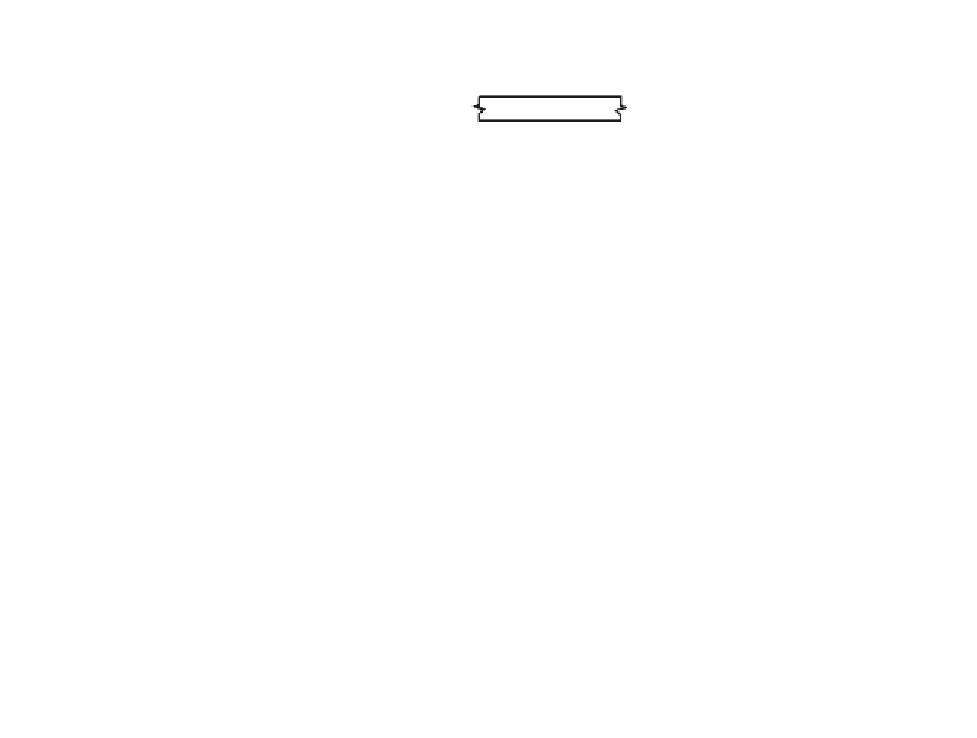Civil Engineering Reference
In-Depth Information
(5)
Point 5 (pure bending):
For columns with 3 layers of reinforcement:
φ
M
n
= 4A
s1
d
1
= 4 x 3.0
×
15.56 = 187 ft-kips
Each of these points, connected by straight dotted lines, is shown in Fig. 5-8. The solid line represents the exact
interaction diagram determined from spColumn. As can be seen, the simplified interaction diagram compares
well with the one from spColumn except in the region where the axial load is small and the bending moment
is large; there, the simplified diagram is conservative. However, as noted earlier, typical building columns
will rarely have a load combination in this region. Note that spColumn also gives the portion of the interaction
diagram for tensile axial loads (negative values of
φ
P
n
) and bending moments.
Simplified interaction diagrams for all of the other columns in Figs. 5-18 through 5-25 will compare just as well
with the exact interaction diagrams; the largest discrepancies will occur in the region near pure bending only.
5.5.2
Column Ties
The column tie spacing requirements of ACI 7.10.5 are summarized in Table 5-3. For No. 10 column bars and
smaller, No. 3 or larger ties are required; for bars larger than No. 10, No. 4 or larger ties must be used.
Maximum tie spacing shall not exceed the lesser of 1) 16 longitudinal bar diameters, 2) 48 tie bar diameters,
and 3) the least column dimension
Table 5-3 Column Tie Spacing
s/2
s/2
Tie
Size
Column
Bars
Maximum
Spacing*
(in.)
#3
# 5
10
3 in.
max.
# 6
12
# 7
14
# 8
16
# 9
18
Interior column-beam joint***
#10
18
s
/2
#4
#11
22
Interior column-slab joint**
*Maximum spacing not to exceed least column dimension (ACI 7.10.5.2)
**Also valid for joints with beams on less than 4 sides of the column (ACI 7.10.5.4)
***Beams on all 4 sides of the column (ACI 7.10.5.5)
Suggested tie details to satisfy ACI 7.10.5.3 are shown in Fig. 5-9 for the 8, 12, and 16 column bar arrangements.
In any square (or rectangular) bar arrangement, the four corner bars are enclosed by a single one-piece tie (ACI
7.10.5.3). The ends of the ties are anchored by a standard 90° or 135° hook (ACI 7.1.3). It is important to alter-
nate the position of hooks in placing successive sets of ties. For easy field erection, the intermediate bars in the

















































































Search WWH ::

Custom Search